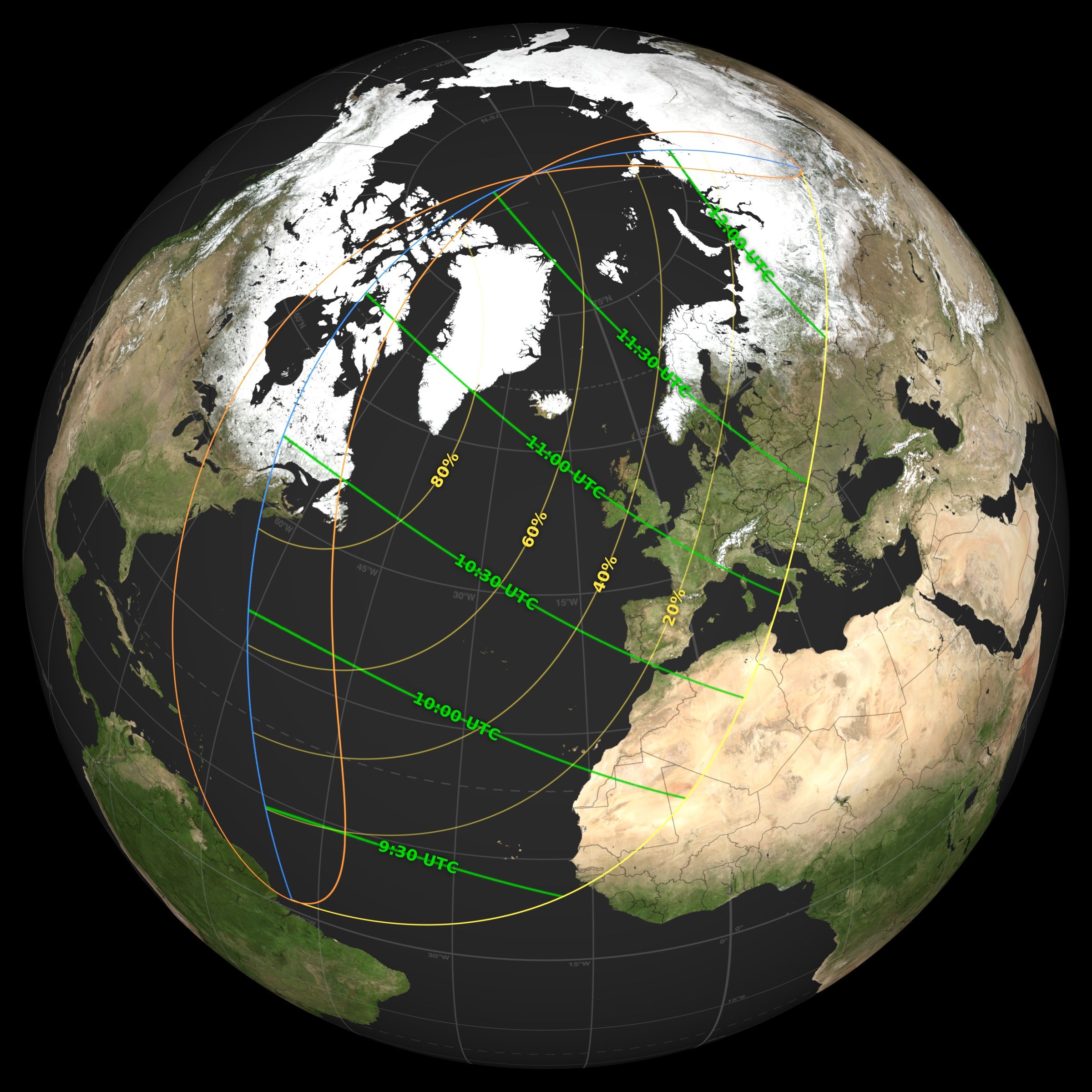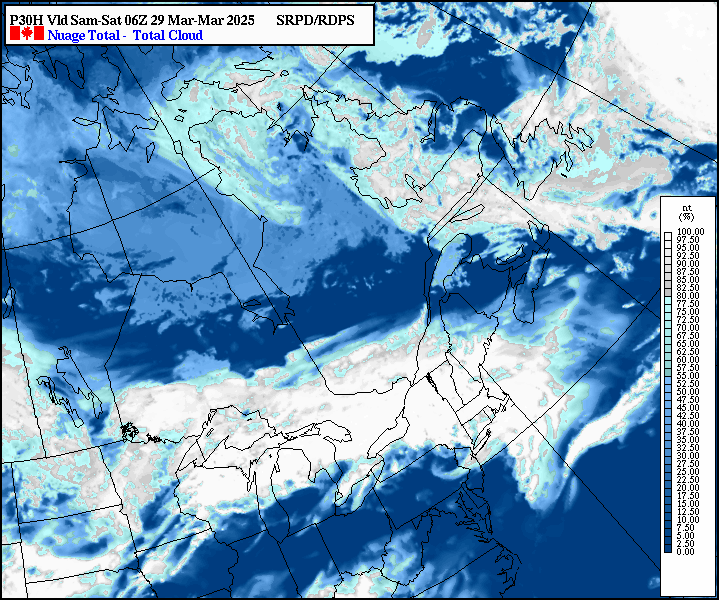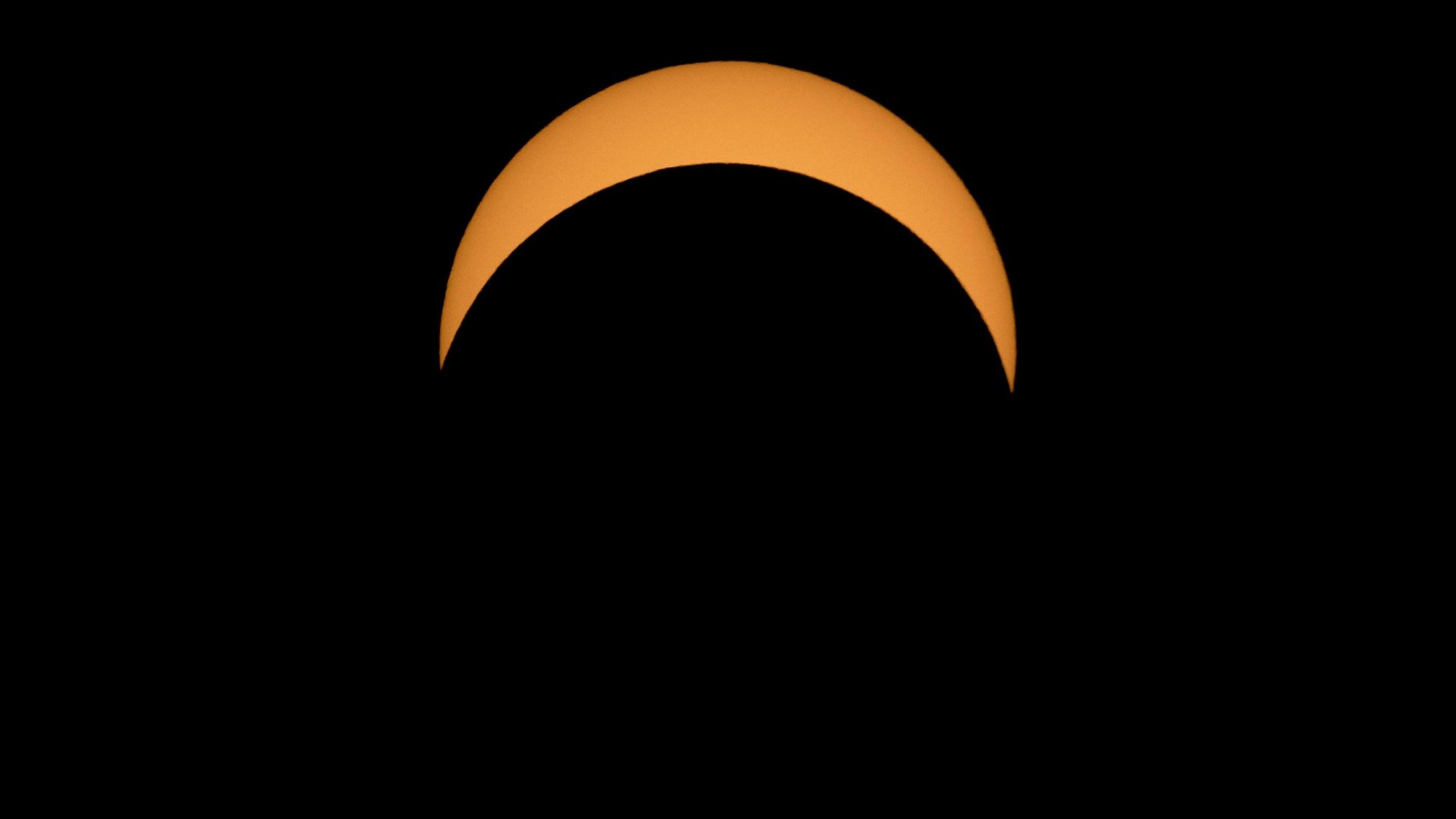Saturday, March 29th, promises to deliver a celestial spectacle—a partial solar eclipse. Partial solar eclipses don’t happen every day, and you should try to catch a glimpse if you’re in an area that can see it. Just don’t forget your eclipse glasses.
What Makes a Partial Solar Eclipse Different from a Total Solar Eclipse?
A partial solar eclipse occurs when the orbit of the Moon takes it between the Earth and the Sun. Unlike a total solar eclipse, however, a partial solar eclipse is offset slightly because the Moon’s orbit is tilted a bit with respect to the orbit of the Earth around the Sun. That tilt is enough to keep the Moon completely out of the way most of the time.

How and Why Do Solar Eclipses Occur?
Protect your eyes—wear eclipse glasses for a cosmic event view!
Will I Be Able to See March 29th’s Partial Solar Eclipse?
If you live in parts of Europe, parts of West Africa, the Northeastern United States, Eastern Canada, there is a chance. However, the timing makes it a bit harder.
When and Where Will the Eclipse Be Visible?
The best view of the eclipse will be for observers in the northeastern United States, and eastern or northern Canada. Some parts of Canada, specifically Newfoundland and Labrador, eastern Nunavut, and northern Quebec, will see the moon cover as much as 90% of the Sun covered by the Moon. The timing is a little difficult in those regions, however, as the eclipse will reach its maximum within an hour of sunrise. Hills or mountains could prevent you from seeing it at all.
The situation isn’t better for the United States. All the United States that can see the eclipse will do so within a few minutes of the Sun coming over the horizon. Parts of northern Maine will see about 85% of the Sun covered. The rest of New England will see more than 30% coverage, depending on where you are. The eclipse will only be visible to the eastern and northern parts of the Mid-Atlantic states; the further south or west you are the smaller the coverage will be. Additionally, you’ll only have a few minutes or seconds between maximum coverage and sunrise.
For the parts of Europe and Africa where the eclipse will be visible, the situation is much better. The Sun will be higher in the sky (between mid-morning and midday, depending on your location), though only Greenland and Iceland will get more than 60% coverage. NASA has a handy map that lets you quickly check when maximum coverage will occur, and how much of the Sun will be covered at that time. The green line tells you when maximum coverage will occur along that line, and the yellow line tells you how much coverage you’ll get.
As an example, if you were located in Dublin, you’d be just a hair past the 40% line and slightly above the 11:00 UTC line, which means you would expect a bit more than 40% of the Sun to be covered at 11:00 AM.
If you were located in Rabat, Morocco, you would expect the maximum to be a few minutes before 10:30 UTC and to see a bit less than 20% of the Sun covered.
The Weather
The weather, as with all astronomical events, could be an issue. Much of New England and the Mid-Atlantic will be clouded over, though parts of Northern Maine have reason to be hopeful. The areas of Canada that will see the maximum amount of coverage should also be optimistic—there is a real chance of the weather cooperating!
How Do You View a Partial Solar Eclipse?
Ideally, you need solar eclipse glasses to safely view any kind of solar eclipse. The American Astronomical Society maintains a list of eclipse glasses you can be sure are safe, and I’d only recommend buying ones on their approved list.
If you have a pair of eclipse glasses, and you aren’t sure about them, don’t use them. An eclipse isn’t worth your vision, or getting a sunburn on your eye.
If you hold your phone’s flashlight up to a pair of eclipse glasses, it should be visible, but only faintly. While wearing them, most everything should be black, except lightbulbs and other objects like that. If you can, look at the reflection of the Sun in a window with them on. It should be a dull point rather than a blindly bright point that leaves a spot.
Don’t use eclipse glasses that are scratched or torn—they may allow a harmful amount of light in.
If you can’t catch this eclipse, either due to your location or the weather, there will be another on August 12th, 2026 that will be visible across much of Europe, Africa, and North America. If you’re lucky enough to be in Spain, Greenland, or a tiny sliver of Portugal, you’ll even have the opportunity to see a total solar eclipse that day.






